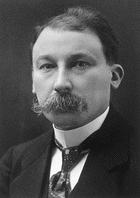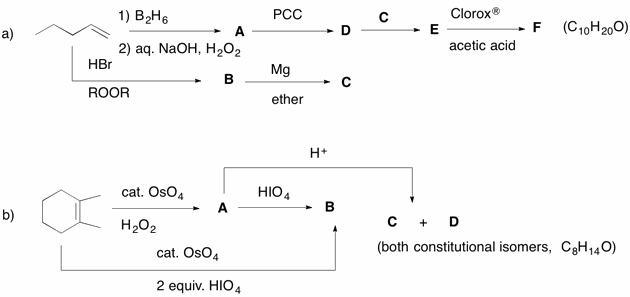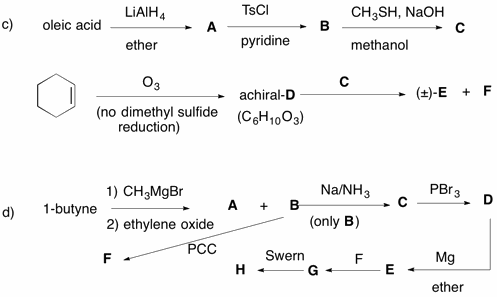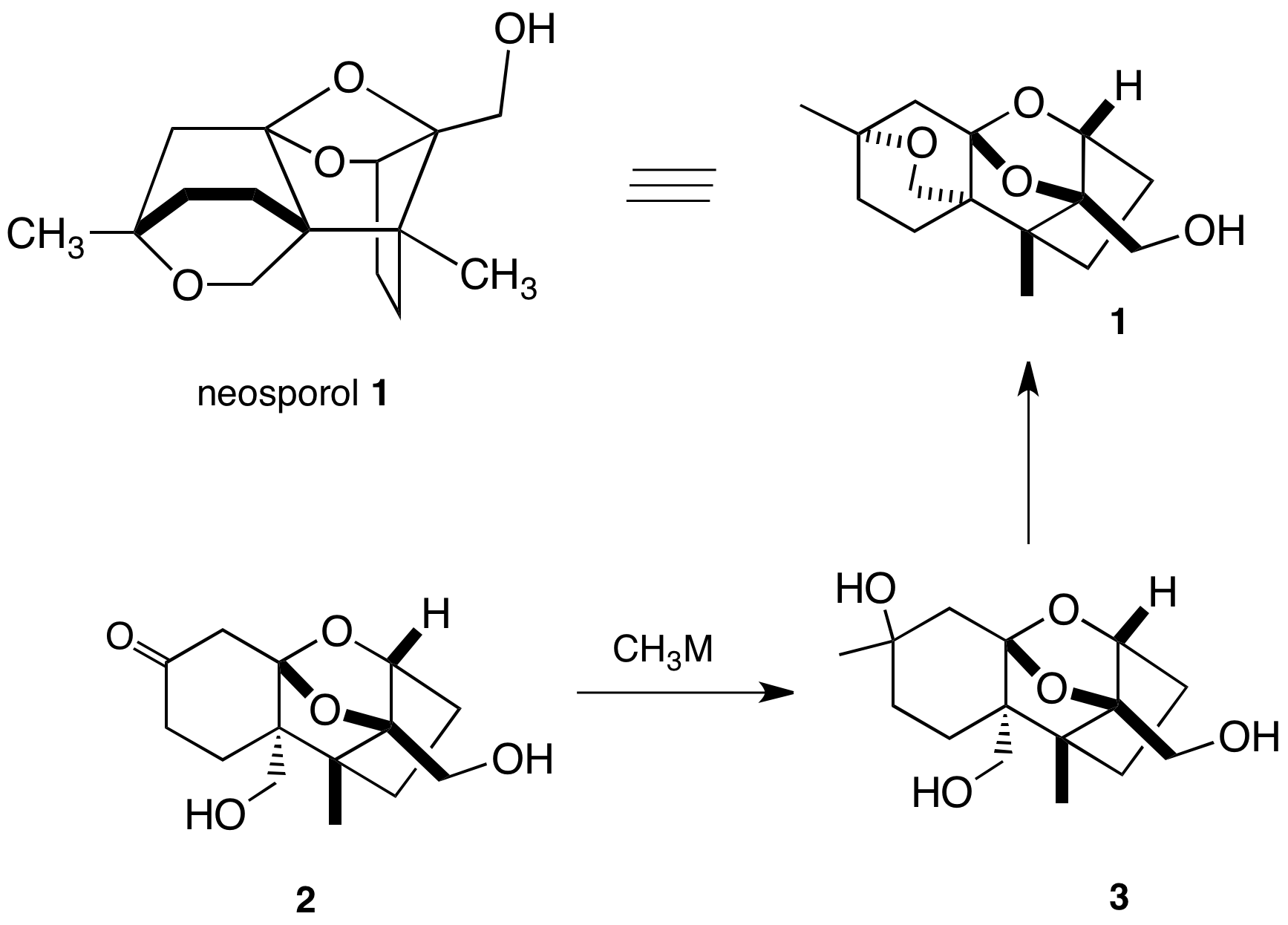Problem Set 9
Chapters 10 and 11, Alcohols
Due: Monday, April 22, 2013
The alcohol module in ORGO will give you a good review of some of the fundamental reactions discussed in class and in Chapters 10 and 11. As you master the chemistry of alcohols, you should try the Web of Reactions.
1. A Chem220 student needs to prepare 1.5 moles of cyclopentanone from cyclopentanol. Rather than employ heavy metal oxidants that may adversely affect the waste stream, she decides to go GREEN. She employs the method of Stevens, et al., using commercial Clorox® as opposed to "swimming pool bleach". She uses the experimental section of the Stevens' paper as a guide to the stoichiometry of the reaction.
a) Should she use the oxidation of borneol or cyclohexanol as a model experiment?
b) What is the concentration of commercial Clorox®?
c) How many gallons of Clorox® will she need?
d) How many milliliters of acetic acid will she need?

Victor Grignard (1871-1935)
2. Optically-active compound A (C10H20O2) reacts with LiAlH4 in ether to form a single optically-active compound B (C5H12O). Bromide C is converted into its Grignard reagent D. Two equivalents of reagent D react with A to form optically-active E (C7H16O) and (R)-B. What are the structures A-E? Explain and illustrate.
3. Identify the unknown compounds in the following series of reactions. Justify your answers.
4. Two bottles on a shelf have had their labels fall off. Both of the labels read "C5H11Br". A student decides to run some reactions on the contents of bottle A and B to determine the structures of the two compounds. From the flow chart determine the structure of A and B and identify C-F. Show your reasoning. [Hint: Draw all of the structures of C5H11Br. Eliminate non-contenders? Only the major product in the formation of C should be considered. ]

5. Neosporol (1), which is shown in two views, was successfully synthesized from racemic ketone 2, whose synthesis is well beyond the scope of this question. The immediate problem was to convert ketodiol 2 into triol 3. [The fact-oid-s have been altered slighted to facilitate the question. (J. Am. Chem. Soc., 1993, 115, 2581) ] When an excess of methyllithium was used to convert the ketone function of 2 into the tertiary alcohol of 3, only ketodiol 2 was recovered upon aqueous workup. A Jmol structure of neosporol is provided. Move the structure around to compare it with the two views of neosporol 1.
a) What is the minimum amount of methyllithium required in this reaction? Explain?
b) What events occurred prior to aqueous work up? [Hint: Generally, organolithium and Grignard reagents undergo addition to ketones (see pg. 443) but they are also the conjugate bases of weak acids. pKa's] What was the fate of the ketone group?
When methyl magnesium bromide was employed, both 2 and a mixture of the diastereomers of 3 were obtained. Complete conversion of 2 to 3 (5/1 mixture of diastereomeric tertiary alcohols) was effected cleanly with the cerium reagent, CH3CeCl2.
c) Draw the structures of the two diastereomers of 3, i.e., provide stereochemistry in structure 3.]
d) Provide conditions and a mechanism for the conversion of 3 to 1. Is it necessary to separate the diastereomers of 3 prior to forming 1?


